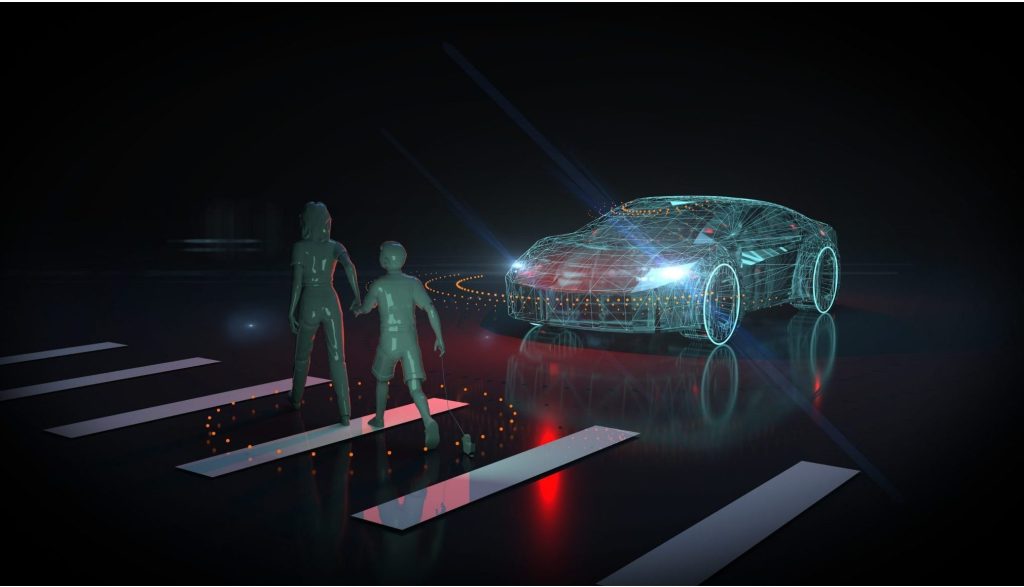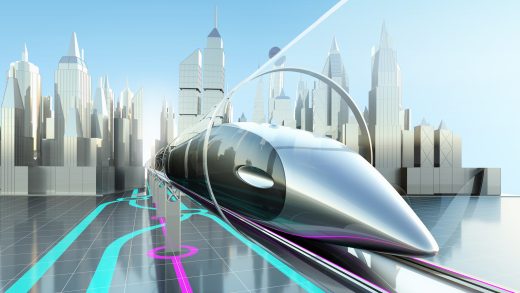In recent years, the transportation landscape has undergone a transformative shift with the rapid advancements in self-driving car technology. This groundbreaking innovation is poised to revolutionize how we perceive and interact with automobiles. In this article, we delve into the evolution of self-driving car technology, exploring its origins, current state, and the promising future.
Origins and Early Endeavors
The inception of self-driving car technology can be traced back to the visionary ideas of engineers and researchers who aimed to create vehicles that could navigate autonomously. The seeds of this concept were sown decades ago with the development of technologies like cruise control and early attempts at adaptive cruise control. These early endeavors set the stage for the dawn of a new era in transportation.
The Rise of Artificial Intelligence
At the core of self-driving car technology lies artificial intelligence (AI) – the driving force that enables vehicles to make decisions, interpret surroundings, and navigate complex environments. AI-powered systems employ a combination of sensors, cameras, lidar, radar, and high-definition mapping to perceive the world around them. The data collected from these sources is processed in real-time, allowing the vehicle to make split-second decisions replicating human driving behavior.
Levels of Autonomy
Self-driving car technology is often categorized into levels of autonomy, as defined by the Society of Automotive Engineers (SAE). These levels range from Level 0 (no automation) to Level 5 (full automation), with each level representing an increasing degree of the vehicle’s ability to control itself. The evolution from basic driver-assist features to fully autonomous driving has been a gradual but remarkable.
Challenges and Breakthroughs
The evolution of self-driving car technology has been challenging. Safety concerns, regulatory hurdles, and the need to develop fail-safe mechanisms have been pivotal in shaping the technology’s progression. However, breakthroughs in machine learning, sensor technology, and data processing have propelled the industry forward. Companies have invested heavily in research and development, resulting in more advanced self-driving prototypes and pilot programs.

Current Landscape and Real-world Applications
As of now, self-driving cars are no longer confined to the realm of science fiction. Several companies have made significant strides in bringing autonomous vehicles to the streets. Ride-sharing companies are testing self-driving taxis, while major automobile manufacturers are integrating semi-autonomous features into their vehicles. These advancements are gradually acclimatizing society to the concept of self-driving cars.
The Future of Self-Driving Cars
The future of self-driving car technology is incredibly promising. Experts predict that fully autonomous vehicles will become common on roads, revolutionizing transportation and urban planning. By eliminating human error, road accidents could be dramatically reduced, making transportation safer and more efficient. Moreover, self-driving cars could reduce traffic congestion, lower emissions, and enhanced accessibility for individuals with mobility challenges.
Ethical and Social Considerations
As self-driving car technology advances, ethical and social considerations emerge. Questions about liability in accidents involving autonomous vehicles, data privacy concerns, and the potential impact on jobs in the transportation industry need to be carefully addressed. Striking a balance between innovation and societal well-being will be crucial in the continued evolution of this technology.
Conclusion
The evolution of self-driving car technology is a testament to human innovation and perseverance. From humble beginnings rooted in early automation concepts to the complex AI-powered systems of today, the journey has been both challenging and awe-inspiring. The potential to reshape how we commute, interact with vehicles, and shape urban landscapes is unprecedented. As the technology matures, it will be fascinating to witness the seamless integration of self-driving cars into our daily lives.


